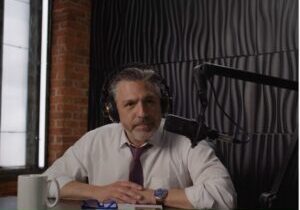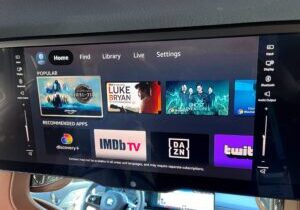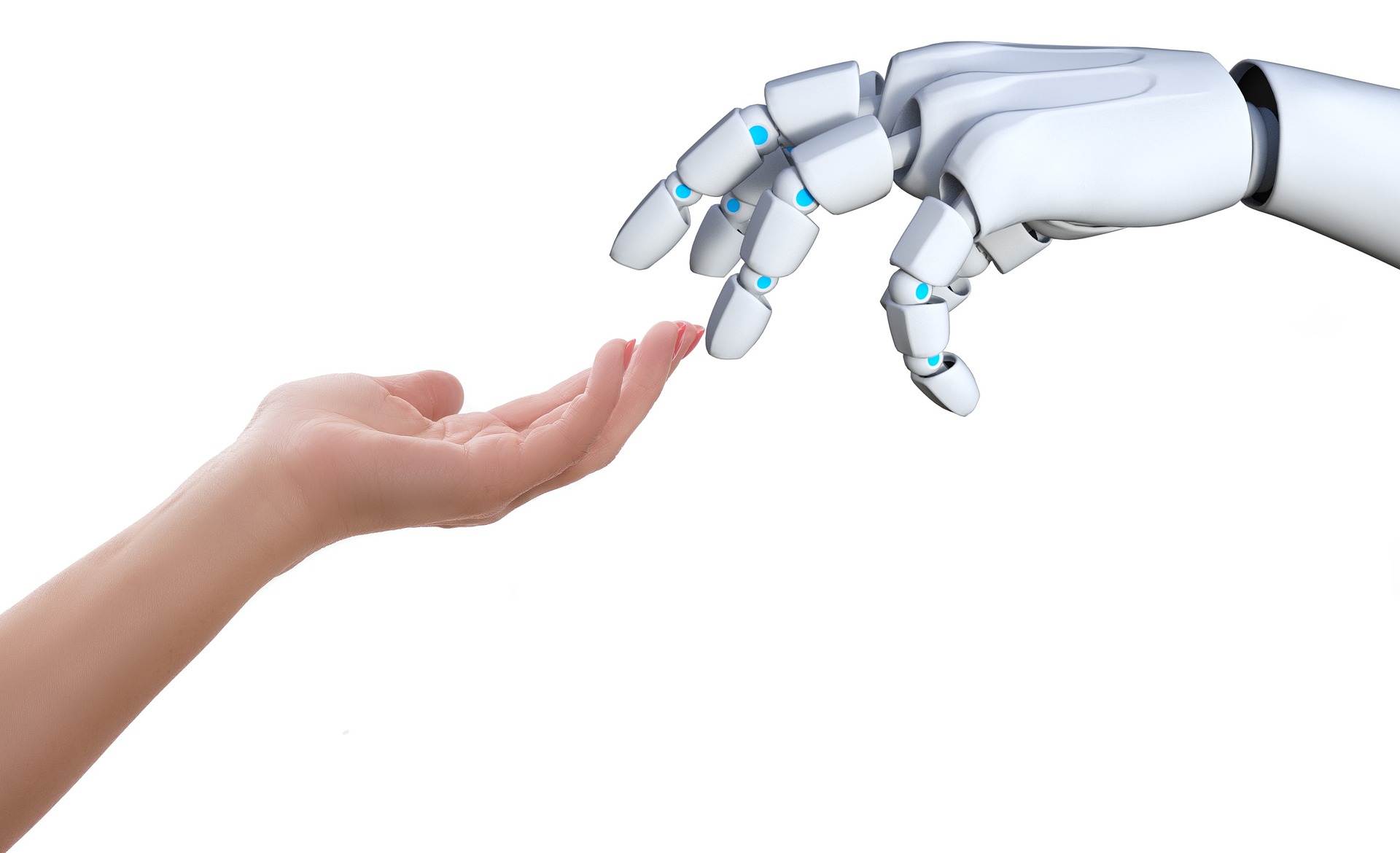
You think your business is competitive? Imagine being in retail up against Amazon. We are once again seeing its power and massive footprint during its incredible Prime Day(s) promotion. Last summer’s event raked in nearly $13 billion dollars – and that doesn’t count the other e-commerce businesses running their own sales simultaneously.
The massive, sweeping effects of Prime Day are mind-blowing except when you’re Etsy. Unlike Amazon, your product line is very special, but narrower. Etsy’s business model is aggregating millions of crafters and other homespun product makers – 7.5 million of them to be exact.
And these days, Etsy’s numbers are flat-to-down, not exactly where you want to be in the heart of Prime Day’s impact, while e-tailers are now headed straight into the teeth of the it’ll-be-here-sooner-than-you-think 2024 holiday season.
How challenging is this for Etsy? This chart tracking new buyers illustrates a big part of Etsy’s data dilemma:
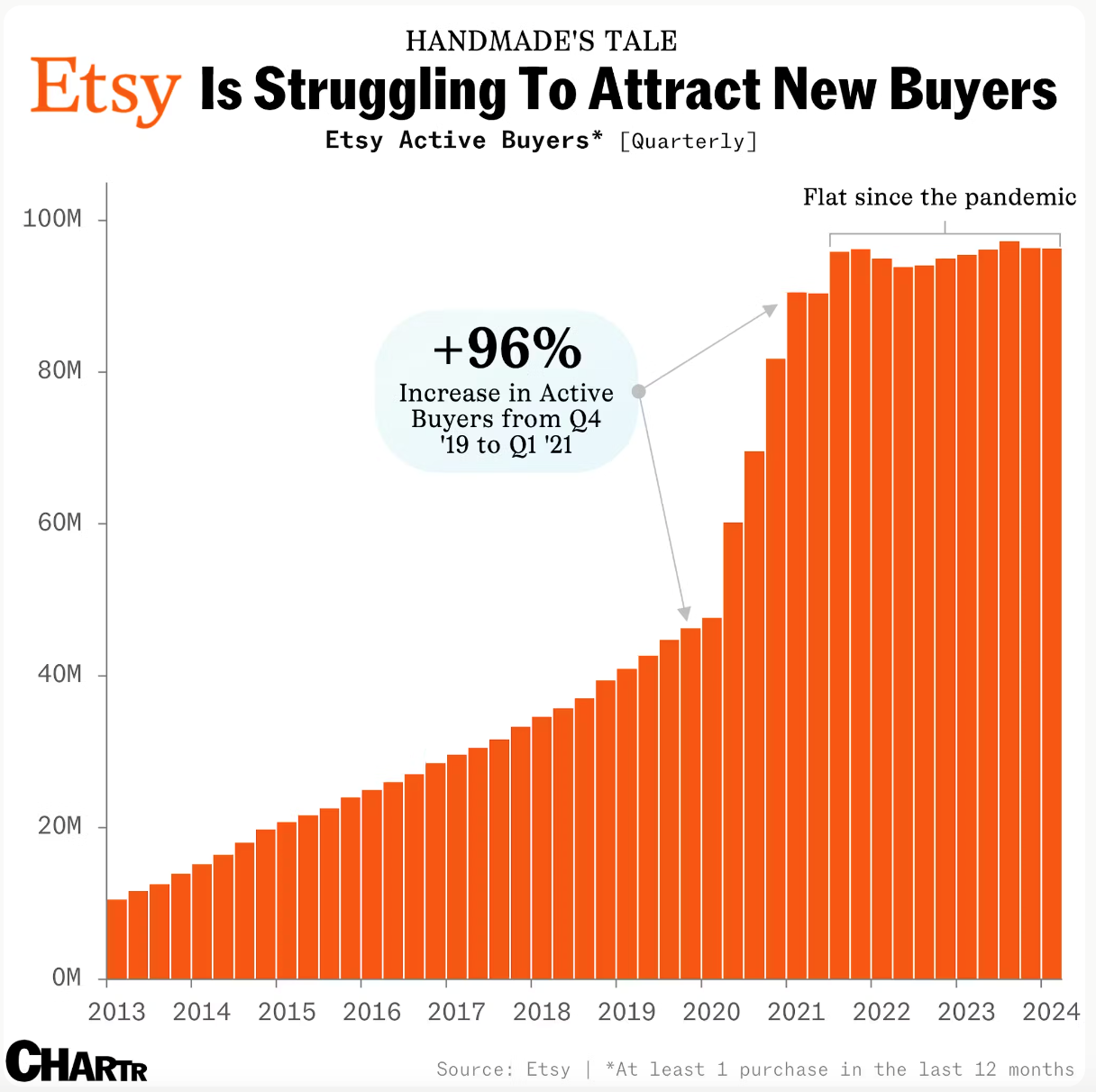
So, what’s the move? How can Etsy reposition its inventory in a unique way to separate itself from every other e-tail player in the marketplace?
In response, their strategic team has developed a new campaign with the lofty goal of attempting to reposition Amazon – and everyone else – with robotic imagery. The idea is to stir up cold and mechanical images, even stirring up some AI baggage, in contrast to the handmade gifts that Etsy is famous for made by creative craftspeople.
To hammer home this key differentiator, here is Etsy’s concept for taking a major stand against everybody else:
The ad is a symbol of the way Etsy now categorizes the products they sell – “Creativity Standards.” A Fast Company story says these categories include “made by a seller,” designed by a seller,” “sourced by a seller,” or “handpicked by a seller” – all efforts to inform buyers that are on Etsy, you’re not looking at mass produced products.
Etsy’s tagline – “Keep commerce human” – has been around since 2017 – but now with AI looming, the brand sees the opportunity to drive home its defining difference.
Fast Company describes the approach as “pro-human,” a fascinating way to depict Etsy’s DNA.
So, the question is, does anyone care? Does it matter whether you buy a product machine-made in China, Thailand, Singapore, or Savannah for millions versus one that is handmade (or designed, sourced, and/or handpicked) by a human being for you?
Etsy thinks so. And so, that leads us to the question of where the radio industry is now positioned vis-a-vis the biggest players in media and entertainment, the ones that use algorithms, bots, and machine learning to produce their sights and sounds.
I’m watching this play out right now in our new AQ6 study comprised of commercial radio air personalities in the U.S. As we did last year, the survey is testing the limits of AI – as a prep tool or as a possible replacement for what they have traditionally done behind the mic.
commercial radio air personalities in the U.S. As we did last year, the survey is testing the limits of AI – as a prep tool or as a possible replacement for what they have traditionally done behind the mic.
Whether you’re a member of the corporate team or the airstaff, grappling with how you will integrate this technology into your routine programming – or will you?
Etsy believes that this is a stand they should be taking. The campaign, called “Brand Missions” – will be prominent during the upcoming Summer Olympics in Paris cross-platform: TV, digital, and outdoor in the U.S. and the U.K.
Here’s the copy to the Etsy ad (stylized a bit) so you can see where they’re going:
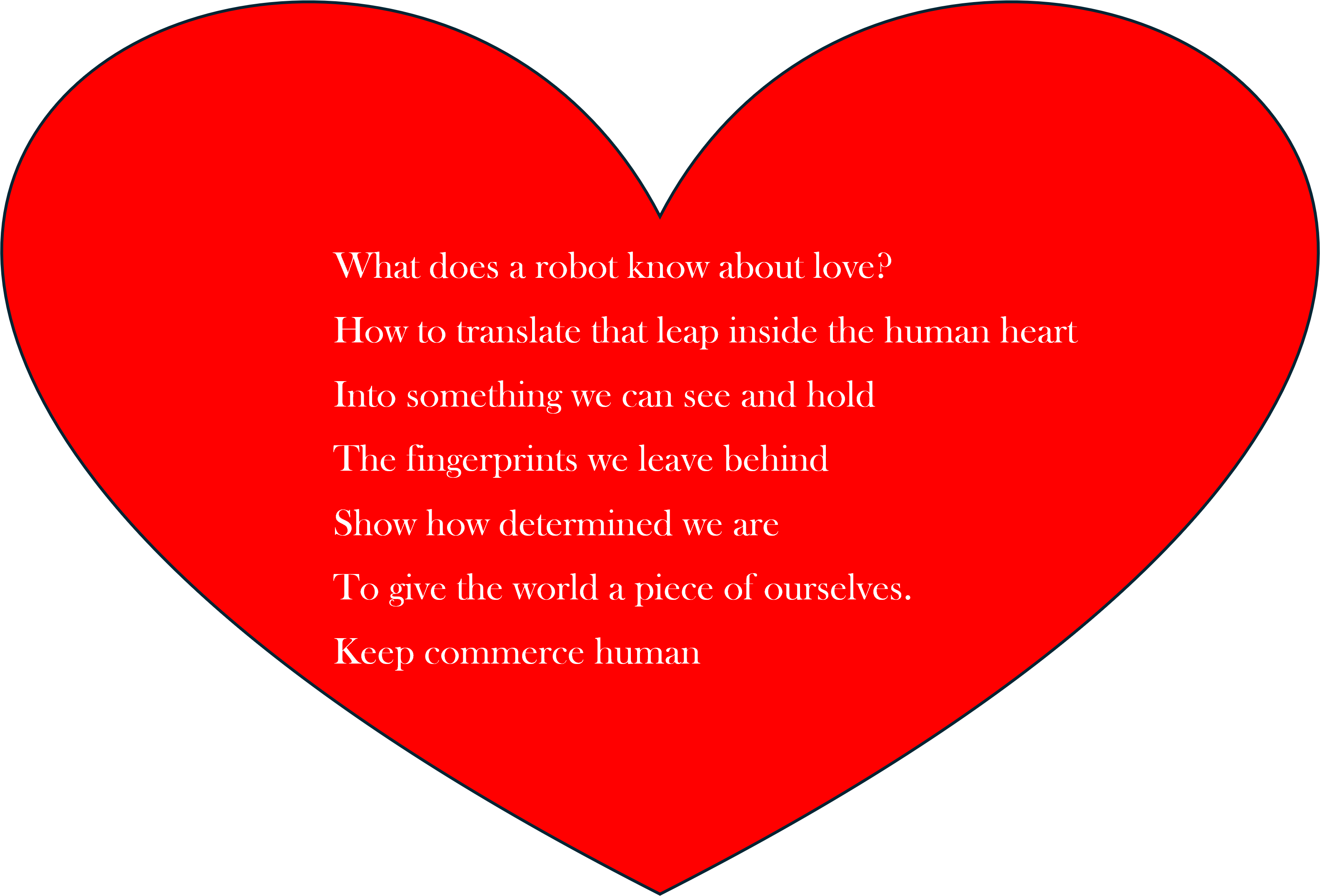 Maybe it comes down to what kind of industry we want radio to be now…and in the future?
Maybe it comes down to what kind of industry we want radio to be now…and in the future?
Is the human touch a differentiator for radio amidst the onslaught of machines, automation, and yes, AI?
Clearly, some of the copy points in this ad campaign lend themselves to a radio version.
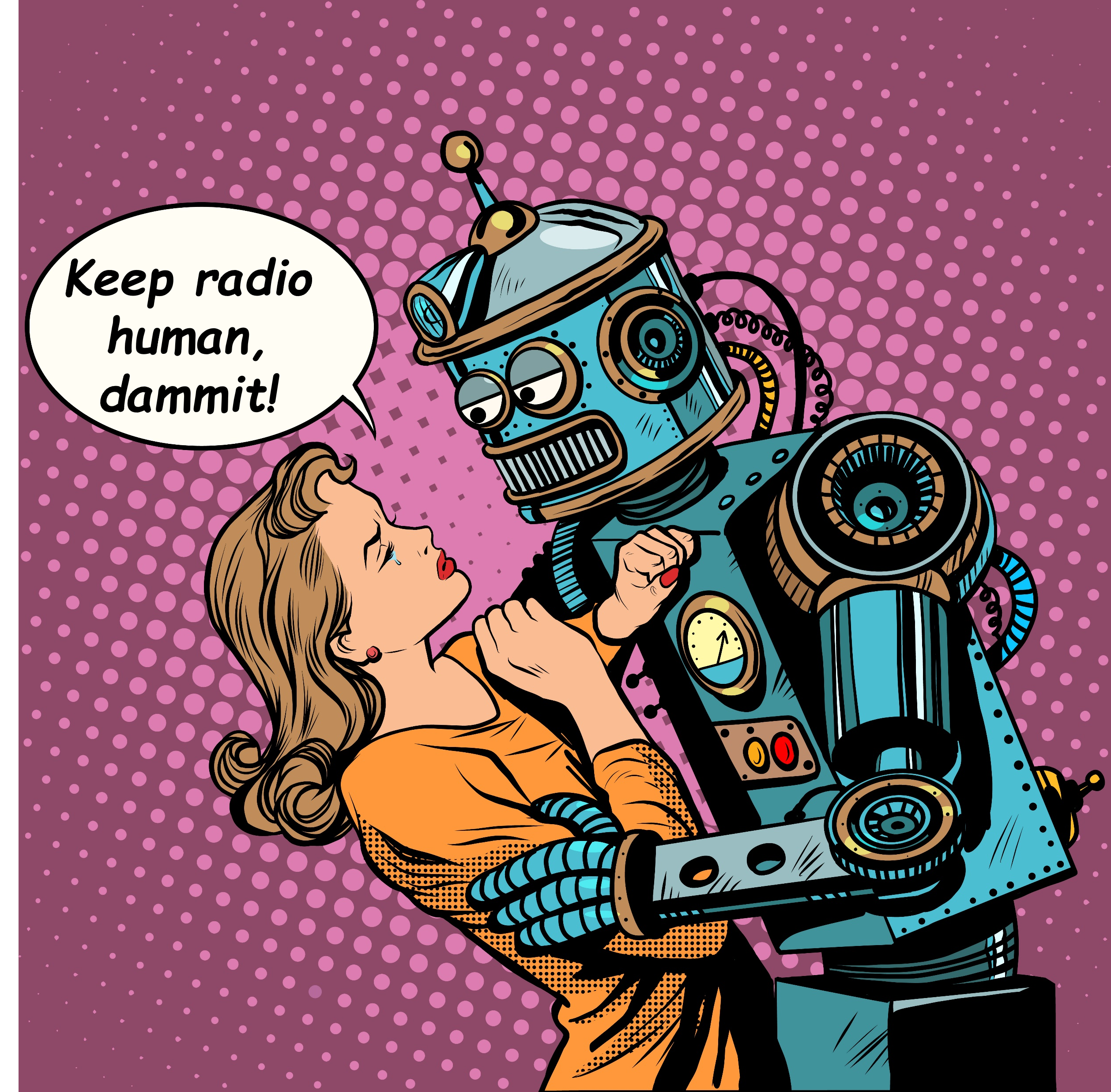
To inspire you, I found an interesting piece by a group called Creative Boom, a community of creatives that has been around since 2007. They turned to their members to get their vision of how creative will function over the next 15 years.
There are some perceptive observations throughout, including this one from a design director:
“The humans who say: ‘I have an idea!’ have always done well, dating back to the time of cave people, and I see no reason why the future would be any different.”
Or this one from another designer:
“As a designer, I believe we need to think about the future regarding how we can be more human and design in a more human way.”
And finally this one that has a familiar ring to it:
“Personality and consistency will set the grains apart from the chaff. Those who attract authentic attention and take the badge of relevance are the ones who inject their distinct personalities into their work.”
In the big scheme of things, radio – like all information and entertainment media – will have decisions to make about humanity, creativity, and what’s possible.
After all, we’re only human.
Originally published by Jacobs Media


